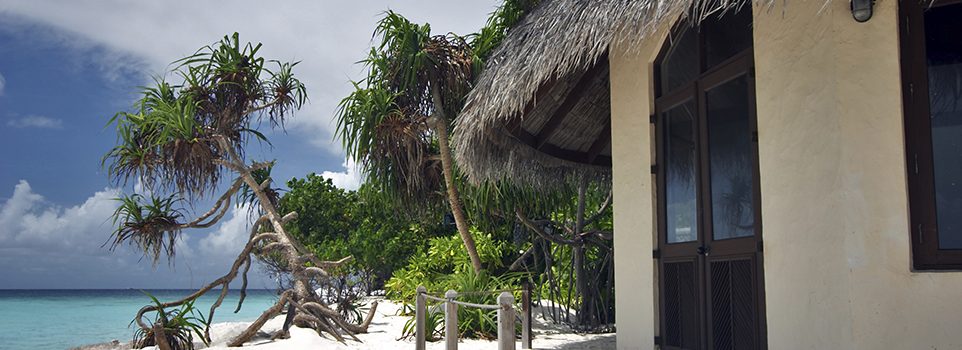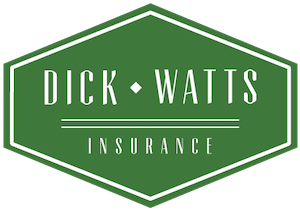Insuring a Vacation Home


insuring a vacation home
Insuring a Vacation home
Vacation homes present special risks, so consider premium costs before you buy.
- Key Factors that impact vacation home costs
- Ways to save on second home insurance costs
- If you plan to rent out your property.
Like any residence, your vacation home needs to be insured- but because the risks are different, the coverage might cost more than your primary homeowner’s insurance policy. Before you leap into second home owners consider the factors that will likely affect the price you will need to pay for insurance.
Second homes provide a respite from weekday life, and may even be a good investment. They also present more of an insurance risk than your primary residence. The fact that you do not physically occupy your second home as frequently puts it in more danger of theft vandalism and easily undetected damage.
Key Factors that impact vacation home insurance costs
While the homeowner’s policy for your second home will provide the same types of coverage as your primary home policy, the coverages may vary – read every policy carefully.
Location is always a factor in homeowners insurance costs for example you will need additional flood or earthquake insurance if your home is in a flood or earthquake-prone area. With vacation homes the very location that makes the place desirable may also make it more expensive to insure. For example, a ski house or hunting lodge in a remote or mountainous area could be at greater risk for a wildfire. A beach house may be exposed to wind or storm damage from a hurricane. These location-based risks will impact the price of coverage and in some cases may even incur higher deductibles.
Type of Property – As with any house the type of building materials used in a vacation home will impact the cost of insurance. What is also important is whether the second home is a single-occupancy house a condominium or a townhouse. A condominium in a ski resort area for instance may have lower insurance costs than a stand-alone ski chalet. .
Amenities- Though wonderful for relaxation and vacation pools and hot tubs add risk to your second home. If your vacation residence is equipped with these or other special amenities you may pay a higher insurance premium and you should also consider additional liability protection which will increase insurance costs.
Ways to save on second home insurance costs
There are steps you can take to help make the cost of insurance more affordable
Choose a location with less risk – A home further from the beach won’t be susceptible to storm surges for instance.
Bundle your policies: If you insure your second home with the same insurer that provides insurance coverage for your primary residence you may be able to save on premiums.
Install an alarm system: A centrally located monitored alarm system that detects both fires and break-ins can help lower the cost of insurance
Let us help you shop for the lowest rate with the best coverage- We can shop with many insurance companies for the best rates. We are now serving Kentucky, Tennessee, Indiana , and Ohio. We are authorized to write Travelers, Safeco, Openly, Palomar, and many other A+ insurance-rated companies.
If you plan to rent out your property:
If you plan to rent your vacation home to others, you homeowners insurance costs will likely increase and you may need to purchase additional coverage . Because renting your home entails additional more complex risks, it is a good idea to consu with your insurance professional and learn more about specific coverage designed for Air BnB and Rental Vacation Homes.
